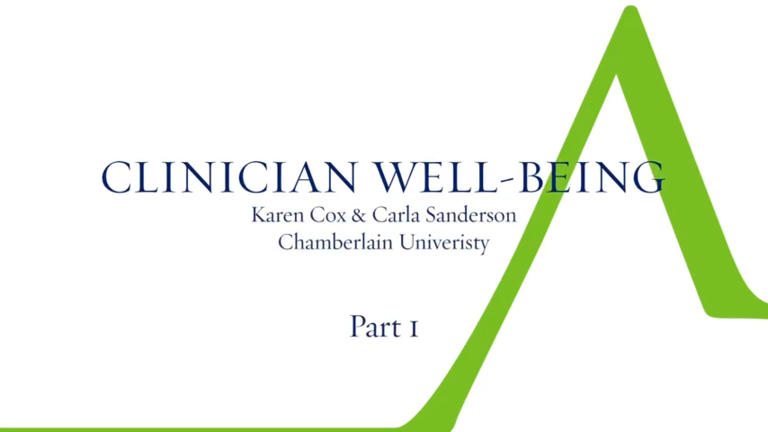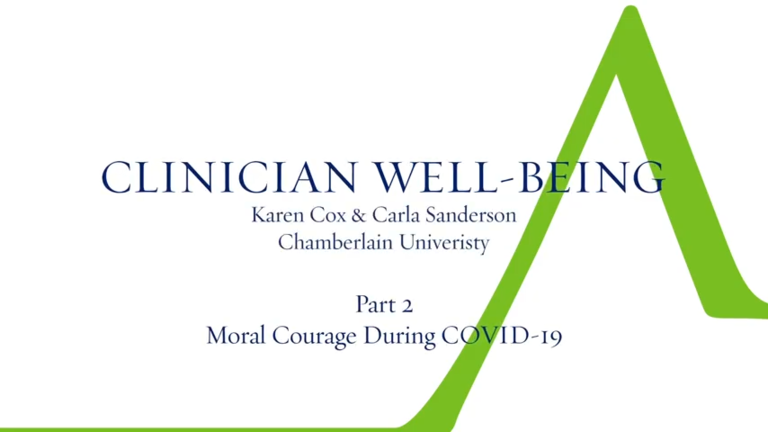Healthcare workers are stepping forward in immeasurable ways throughout this pandemic. While they’re on the frontlines protecting communities against illness and keeping individuals healthy and safe, they are also shouldering the burden of ongoing stress and trauma as a result. Many healthcare professionals, like nurses and physicians, are separated from their loved ones, working longer shifts as they manage more patients or are exposed to more upsetting and traumatic events—resulting in post-traumatic stress disorder (PTSD), burnout syndrome, compassion fatigue or secondary traumatic stress (STS). Stress prevention and management—including adequate access to mental health care resources—are increasingly critical for healthcare professionals and first responders so they stay well for themselves, their families and the communities they serve.
Below are five helpful steps for nurses, physicians, first responders and other caregivers to help manage and identify stressors, avoid compassion fatigue, mitigate burnout and keep themselves healthy during these challenging times.
Remember that you are human, and you’ll have human reactions to stressful situations.
Whether those reactions are grief, stress or anxiety it’s OK to feel them. Acknowledging these reactions is the first step to mitigating them. As a healthcare professional you’re more susceptible to excessive stress, secondary traumatic stress and moral distress as you make important (and often difficult) care decisions. Don’t forget to exercise self-compassion and understand you’re not alone in your feelings. Other nurses/doctors/first responders have gone through or is going through what you’re dealing with right now.
Schedule time for self-care each day.
It can be tempting to downplay the importance of your own well-being and put an increased emphasis on patient care, but this is a disservice to your own mental health. Take the time to schedule moments of self-care every day. Eat regularly scheduled meals. Practice mindfulness or meditation. Practice breath awareness. Read a book. Take a break from social media and news outlets. Call loved ones and chat for a while. These don’t have to be extravagant but doing a few things each day to take care of yourself goes a long way toward mental wellness.
Develop a buddy system.
Colleagues and team members can help support each other while monitoring each other’s stress, workload and safety. Find another person, or a support group, and hold each other accountable. Set up check-ins with one another. Listen carefully to each other and share experiences of tough situations. Recognize each other’s accomplishments. Help with each other’s basic needs and encourage each other to take breaks for self-care.
Understand and Identify Burnout and Secondary Traumatic Stress.
A crucial step to keeping yourself well is to understand the signs and symptoms of burnout or secondary traumatic stress. If you recognize the symptoms early, you can get the intervention you need before these become serious issues.
- Signs of Burnout:
- Sadness, depression or apathy
- Easily frustrated
- Blaming of others, irritability
- Lacking feelings, indifferent
- Isolation or disconnection from others
- Poor self-care (hygiene)
- Tired, exhausted or overwhelmed
- Feeling like:
- A failure
- Nothing you can do will help
- You are not doing your job well
- You need alcohol/other drugs to cope
- Signs of Secondary Traumatic Stress
- Excessively worry or fear about something bad happening
- Easily startled, or “on guard” all of the time
- Physical signs of stress (e.g., racing heart)
- Nightmares or reoccurring thoughts about the traumatic situation
- The feeling that others’ trauma is yours
Reach out for help if you’re experiencing distress.
If you’re experiencing any of the above symptoms or have any mental distress that’s interfering with your daily life, get help right away.
For immediate responses and mental health needs:
- National Suicide Prevention Lifeline
1-800-273-TALK (8255)
https://suicidepreventionlifeline.org/ - SAMHSA National Helpline
1-800-662 HELP (4357)
https://www.samhsa.gov/find-help/national-helpline - SAMHSA Disaster Distress Helpline
1-800-985-5990
https://www.samhsa.gov/find-help/disaster-distress-helpline - Crisis Text Line
Text HOME to 741741
https://www.crisistextline.org/
Find a mental health professional:
- Contact your insurance provider to get information about your options, including referral information, coverage, assistance programs and providers in your network.
- Once you have found a professional, call to schedule an appointment. If no appointments are available, join the waitlist.
- Ask questions! There is no one-size-fits-all approach to mental health. Finding what works for you may take time.
- Build a relationship. This connection is there to support you in your wellness.
For more information on finding a mental health provider, visit the National Alliance on Mental Illness.
For more helpful tips, see the videos below from Chamberlain President Karen Cox, Ph.D., RN, FACHE, FAAN and Chamberlain Provost Carla D. Sanderson, Ph.D., RN.





